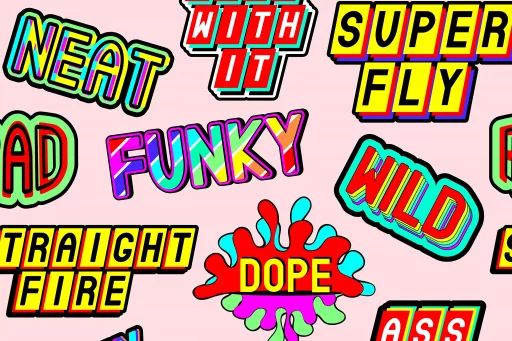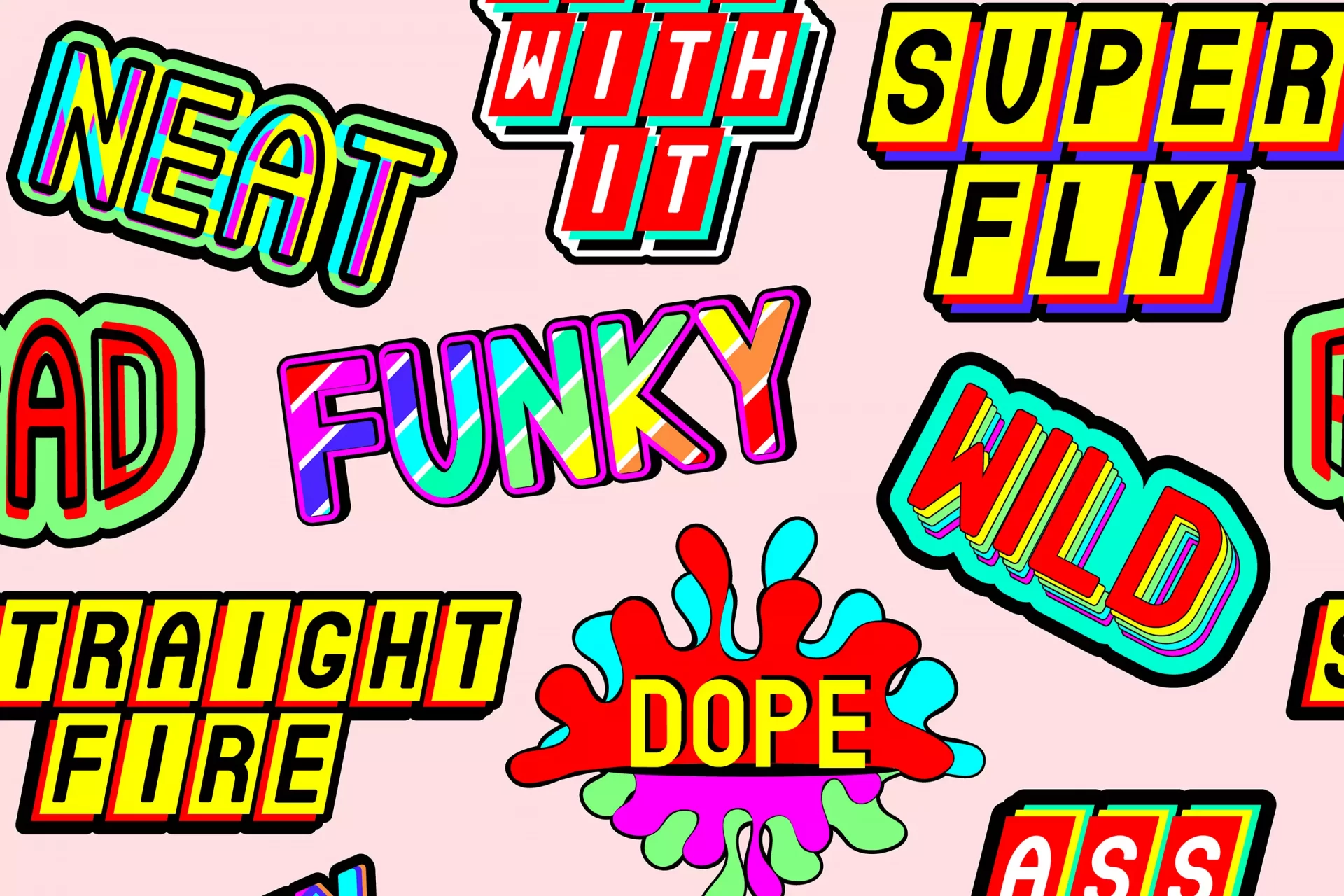Understanding ‘Over the Top’
The phrase “over the top” is a popular slang term that often signifies something that is exaggerated or excessive. It can refer to actions, behaviors, or even creative expressions that go beyond the typical limits of acceptance or moderation. This slang term has its roots in military jargon, but it has evolved to fit into various social contexts—especially in media and pop culture.
Origins of the Phrase
The expression “over the top” originated during World War I. Soldiers would refer to going “over the top” when they left the safety of the trenches and ventured into no man’s land. Over time, the term transitioned from a military context to become a more general expression used to describe anything that is excessive, outlandish, or flamboyant.
Modern Usage of ‘Over the Top’
Today, “over the top” is prevalent in various conversations, media, and cultures:
- In Entertainment: Reality television shows often feature drama that is described as “over the top.” For example, shows like “The Real Housewives” franchise are known for their outrageous behaviors and extravagant lifestyles.
- In Advertising: Brands sometimes use over-the-top marketing strategies to capture attention. Consider Old Spice’s wildly whimsical commercials that have taken the internet by storm.
- In Fashion: The fashion industry often embraces over-the-top styles at events like the Met Gala, where celebrities showcase extravagant outfits that can be described as both bold and excessive.
Examples of ‘Over the Top’ in Pop Culture
Numerous examples of “over the top” occurrences can be found throughout pop culture. Here are a few noteworthy instances:
- Lady Gaga’s Outfits: Known for her eclectic and extravagant style, Lady Gaga’s various outfits have often been described as over the top, including her famous meat dress worn at the 2010 MTV Video Music Awards.
- Action Movies: Films like “Fast & Furious” are notorious for their over-the-top stunts and absurd plotlines that push the limits of believability.
- Political Campaigns: In the realm of politics, some campaign ads may employ over-the-top tactics to garner attention, making outrageously exaggerated claims or employing hyperbolic visuals.
The Psychology Behind ‘Over the Top’
Psychologically, extreme behaviors can often stem from a desire to stand out or be remembered. According to a study published in the “Journal of Behavioral Science,” people tend to remember individuals and events that display exaggerated characteristics:
- Attention-Grabbing: Research indicates that memorable and unusual behaviors—or those that are over the top—tend to stay in people’s minds longer than more subdued actions.
- Influence of Social Media: With the rise of platforms like TikTok and Instagram, content creators often feel the pressure to produce eye-catching, over-the-top material to gain traction.
Case Studies of Over-the-Top Marketing
Several case studies illustrate how companies leverage the concept of being over the top to boost their brand presence and sales:
- Old Spice: The company revitalized its brand image through a series of over-the-top advertisements featuring absurd humor, such as the ‘Man Your Man Could Smell Like’ campaign. They reported a 125% increase in sales due to this approach.
- Coca-Cola: Their Christmas marketing campaigns often employ elaborate decorations and enormous displays, which contribute to their seasonally themed brand identity. The campaigns have led to significant spikes in holiday sales.
Statistics on Over-the-Top Content
According to recent marketing research:
- Engagement on social media posts featuring over-the-top content was 47% higher than that on standard posts.
- Brands that adopted over-the-top strategies saw a 30% increase in brand recall and recognition.
Conclusion
The phrase “over the top” has transitioned from its military origins to characterize various aspects of modern life, from entertainment to marketing. Although the term may often carry a negative connotation, it highlights our culture’s embrace of excess and spectacle. As society continues to evolve, so too will the slang and expressions that reflect our values and tendencies to be excessive. Whether through fashion, media, or social expressions, being “over the top” remains an integral part of how we communicate and engage with the world.


